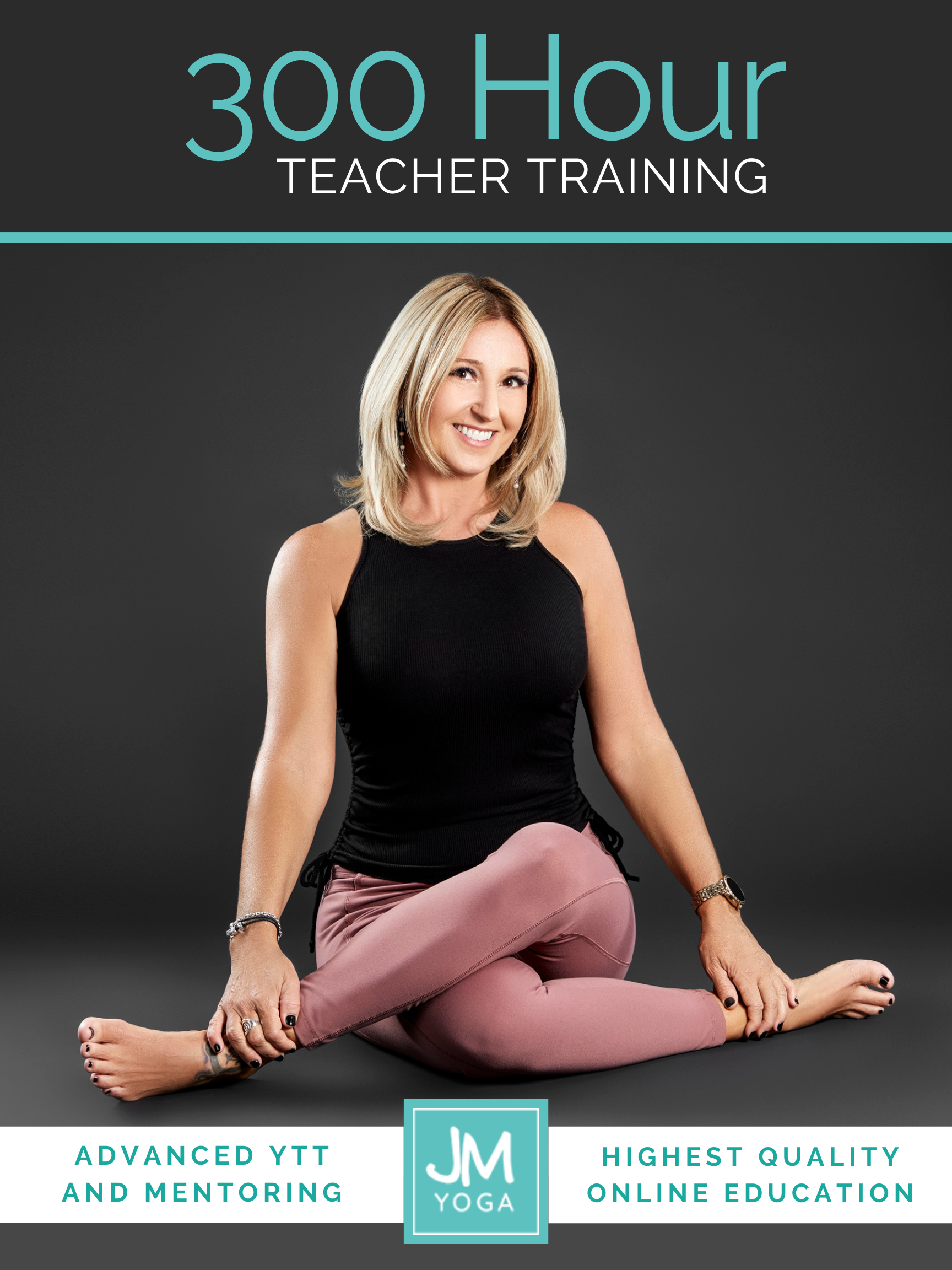Yoga and Ankylosing Spondylitis: What This Study Tells Us
In episode 75 of Yoga Research and Beyond, Ariana and I reviewed a study on yoga and ankylosing spondylitis (AS) – a chronic, progressive form of inflammatory arthritis that affects the spine and sacroiliac joints. It can cause significant stiffness, pain, and difficulty with movement, especially in the chest and rib cage. The study, Comparison of yoga with exercise in ankylosing spondylitis on mobility and functional capacity, compared yoga with traditional exercise to see how each impacted mobility, pain, sleep, and functional capacity.
Study Design at a Glance
-
Participants: 33 people with AS (mostly male, average age 32)
-
Study Type: Open randomized controlled trial (RCT)
-
Duration: 8 weeks of intervention, followed by a 4-week follow-up
-
Interventions:
-
Yoga group: Warm-ups, asanas (Supta Baddha Konasana, Bhujangasana, etc.), pranayama (Kapalabhati, Nadi Shodhana), and Sun Salutations
-
Exercise group: Traditional physiotherapy-based exercises – neck and shoulder mobility drills, strengthening, stretching, diaphragmatic breathing, and walking
-
Participants practiced three times a week. Assessments were done at baseline, 8 weeks, and 12 weeks.
Key Findings
Both yoga and traditional exercise improved:
-
Mobility
-
Pain
-
Sleep quality
-
Functional capacity
-
Chest expansion
No significant differences were found between the two groups; both interventions were equally effective. The improvements were modest, but they support yoga as a legitimate non-pharmacological approach for managing AS symptoms.
A Closer Look at the Interventions
It’s worth noting how similar the two programs were. Both included movement, breath work, and some form of stretching and strengthening. That overlap is a good reminder not to draw hard lines between yoga and other forms of exercise, especially when we’re looking at outcomes like mobility or pain.
Still, yoga is often described differently in research. The introduction of this study included references to Sanskrit roots, Patanjali, and the eight limbs of yoga, even though the intervention focused on postural yoga and breath work. This kind of appeal to tradition is common in yoga studies, but it doesn’t always reflect what’s actually being done in the research.
The exercise intervention, by contrast, was explained plainly: warm-ups, mobility drills, strength exercises, and endurance training. No elaborate backstory. Just movement.
Functional Capacity: What Does It Really Mean?
The study used the Bath Ankylosing Spondylitis Functional Index (BASFI) to assess daily living tasks. Some examples include:
-
Putting on socks without help
-
Picking up a pen from the floor
-
Standing unsupported for 10 minutes
-
Climbing stairs without a handrail
-
Doing a full day’s work or household activities
These are simple, real-world tasks that matter to people with AS. And they’re a great reminder that “functional” is person-specific. What’s functional for one person might not be for another, which is why context matters so much when we talk about movement and capability.
A Few Limitations
As always, it’s important to consider the study’s limitations:
-
Small sample size (they were one participant short of the target)
-
No long-term follow-up to see if the benefits lasted
-
Unblinded participants (which is typical in exercise research)
-
Home practice adherence was not monitored, so we don’t know how consistent participants were
And while both interventions improved chest expansion slightly, it’s possible that 8 weeks just wasn’t long enough to see meaningful change, especially given how AS limits thoracic mobility and rib cage movement.
Final Thoughts
This study reinforces what many yoga teachers already suspect: yoga can support people with inflammatory conditions like AS. It may not be superior to other forms of exercise, but it holds its own—and that’s meaningful. Especially when it’s adapted well and practiced consistently.
We also talked about the idea that yoga isn’t just exercise, but when we study it as an exercise intervention, it behaves like one. It delivers many of the same benefits: improved mobility, reduced pain, and better sleep. That doesn’t take away from yoga’s complexity or tradition—it just shows that movement matters, no matter what you call it.
So if you’re teaching students with AS (or similar conditions), this study is a good reminder to keep things accessible, emphasize breath and mobility, and focus on functional goals that matter to the individual.
Thanks for reading and thanks for caring about what the research says.
Jules
Extend Your Learning: Advanced Yoga Teacher Training with Jules Mitchell
This program is ideal if you have an interest in biomechanics, principles of exercise science, applications of pain science, neurophysiology, and stretching. These themes are combined with somatics, motor control theory, pose analysis and purpose, use of props for specific adaptations, pathology, restorative yoga, and intentional sequencing.
You will learn to read original research papers and analyze them for both their strengths and their biases. Critical thinking and intellectual discourse are central components in this training, which was designed to help teachers like you navigate through contradictory perspectives and empower you with education. Learn more >

